Minister Gadkari: Electric Car Prices To Be Same As Petrol Cars In 6 Months
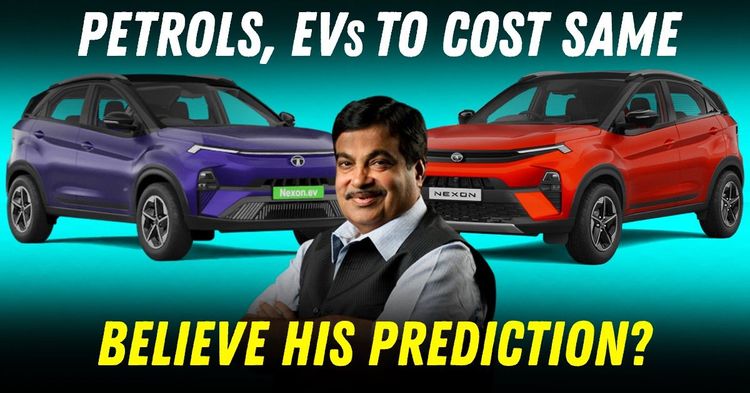

The electric vehicle (EV) market in India is fast evolving. We get to see more launches from EV manufacturers these days, and more people opting for these sustainable mobility solutions. A key concern for many is the price difference between Internal Combustion Engine (ICE) and all-electric (EV) versions. Now, the Union Road Transport and Highways Minister Nitin Gadkari has hinted at an incoming price parity between EV and ICE vehicles in the not-so-distant future.

Speaking at the 32nd Convergence India and 10th Smart Cities India Expo, Gadkari said that the prices of electric vehicles (EVs) will become equal to those of petrol vehicles in six months from now. "We are working on mass rapid transport on electricity," he said.
This could be done in two possible ways- either the petrol vehicle prices could go up, or EV prices could come down. The latter seems to be the most probable scenario, considering how the EV space has lately been evolving.
While many could feel this to be a rather ambitious claim, achieving price parity between petrol and electric iterations could really be possible, atleast for Indian models which host heavy localisation. The recent downward revision in battery prices will also contribute to EVs getting more affordable.
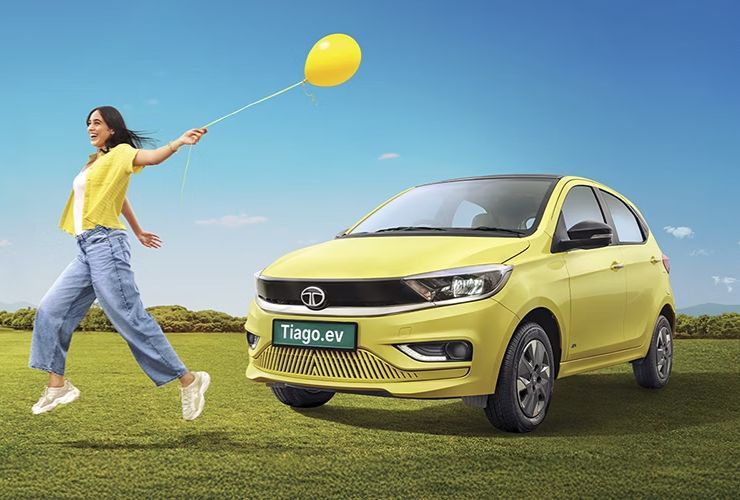
Things are better explained with examples and citations. Let's consider the case of Tata Tiago EV and the petrol Tiago AMT. Reason? This is the most price conscious and competitive example which offers both EV and ICE versions based on the same platform and core mechanical components.
We choose to compare the EV with the AMT variant due to the convenience factor provided by the automatic transmission. Pitting the base-specs against each other, the Medium Range Tiago EV has an ex-showroom price of 7.99 lakh. The lowest AMT variant (XTA) of the petrol Tiago has an ex-showroom price of 6.84 lakh. The price difference between comparable ICE and EV variants, for now, is 1.15 lakh. With the EV lanscape evolving fast and technology being democratized, it is quite possible that the price gap between ICE and EV forms reduces in the time ahead.
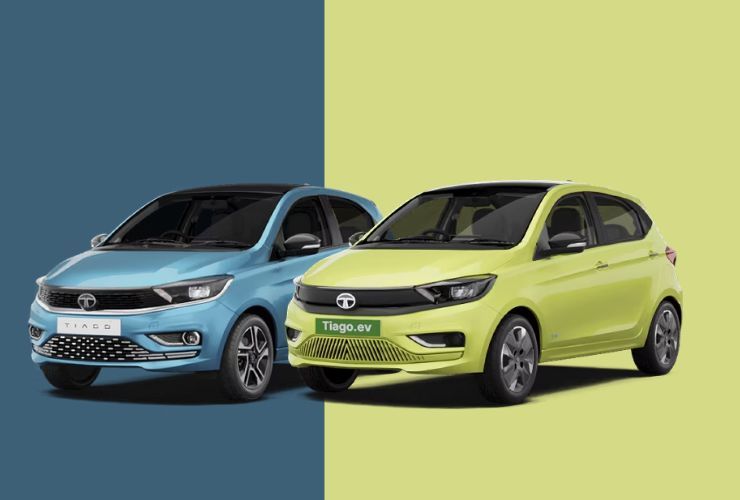
Circling back, the battery pack is the most expensive component in most electric vehicles. Lithium battery prices have recently been falling. Even in the international market, battery costs have fairly come down. In 2022, it used to be $151/kWh whereas in 2023, the price fell by 14% to $139/kWh. In 2024, these came down to a record low of $115/ kWh, prompting many manufacturers to lower the ex-showroom prices of their products. This year, the drop in battery costs is predicted to slow down slightly, but an upward movement seems unlikely. This means that even imported battery packs are much more affordable now than what they used to be in the past.
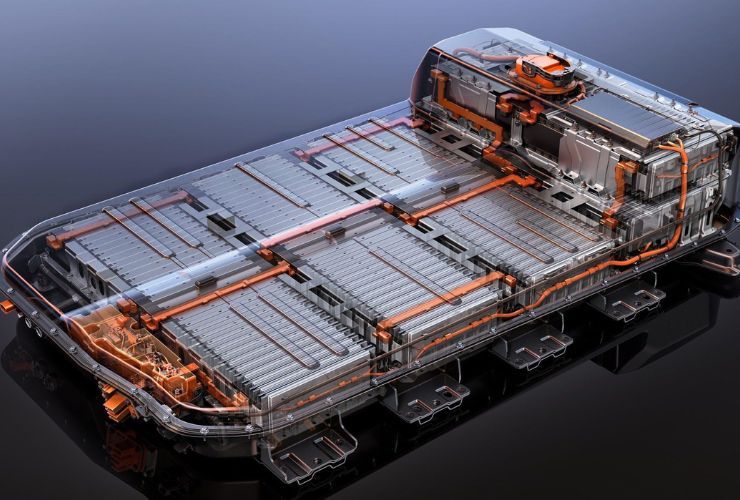
Another factor that could contribute to bringing down electric vehicle prices in the upcoming months is extensive localisation in manufacturing. Local production of key components including battery packs and Lithium ion cells is now being stressed upon. We see more companies venturing into cell manufacturing these days.
Tata Group, for example has a vertical within it, called Agratas, that focusses on cell manufacturing and global battery business. It is now building manufacturing facilities in Somerset, UK and Gujarat, India. Ola Electric has already announced its plans to build a battery plant in Krishnagiri. Thus, much like the EV business, battery and energy businesses are expected to witness booms in the upcoming time.
Another factor that gives electric vehicles an unfair pricing advantage is the GST imposed on them. The Government of India levies 27% GST (and an addition 1% Cess) on petrol and diesel vehicles for personal use. EVs, on the other hand, end up paying just 5% GST in both commercial and personal mobility spaces. This allows manufacturers to pull off (sometimes) unbelievable prices. The BMW X1 and the recently launched iX1 could form the best pair to demonstrate how insane this can get.
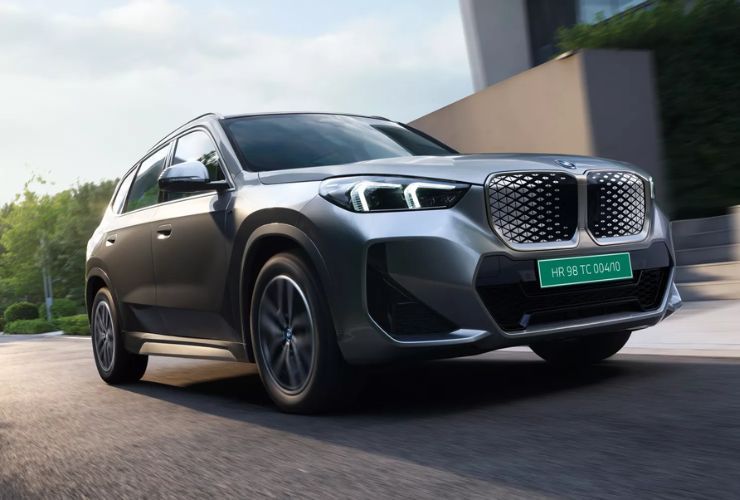
The all-electric iX1 is priced at Rs 49 lakh, ex-showroom. The petrol-powered X1 sDrive18i M Sport costs Rs 49.5 lakh, ex-showroom while the diesel variant has an ex-showroom price of 52.5 lakh rupees! Clearly the EV is cheaper than the ICE versions...
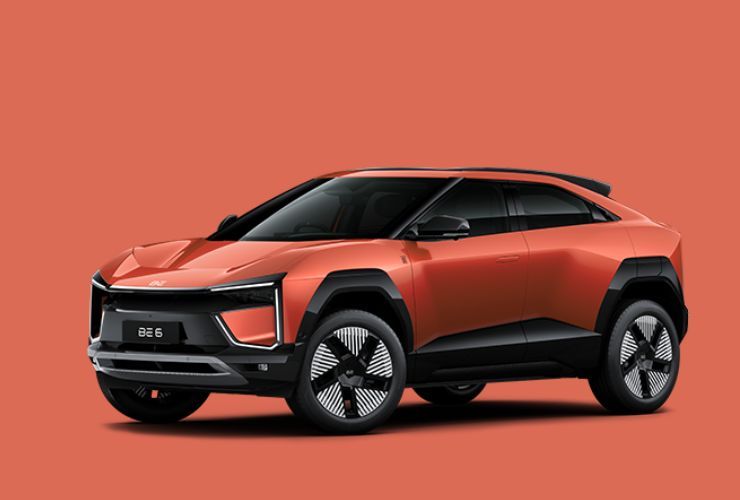
Now, this is a question that time has to answer. While we can almost be sure that electric vehicle prices would come down, the proposed time span of 6 months for the same could raise questions. Even in the past, we have seen Gadkari make similar claims. In 2022, for example, he claimed that EVs would achieve price parity with ICE offerings by 2023, and we saw how it turned out. Thus, it is still too early to cast a word on how convincing the proposed timeline stands.